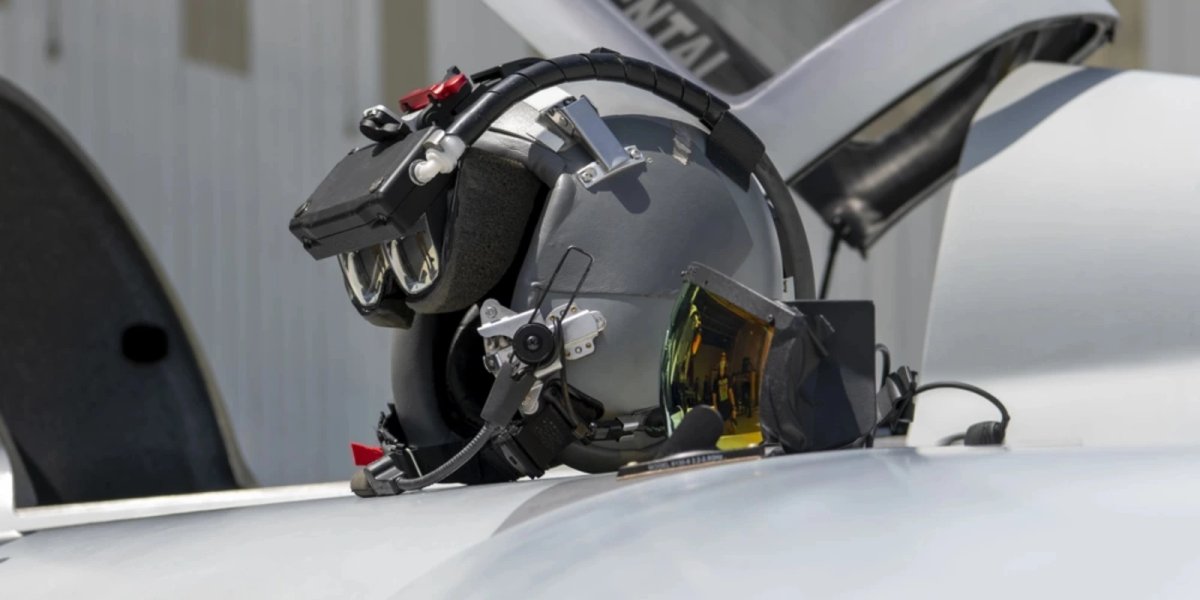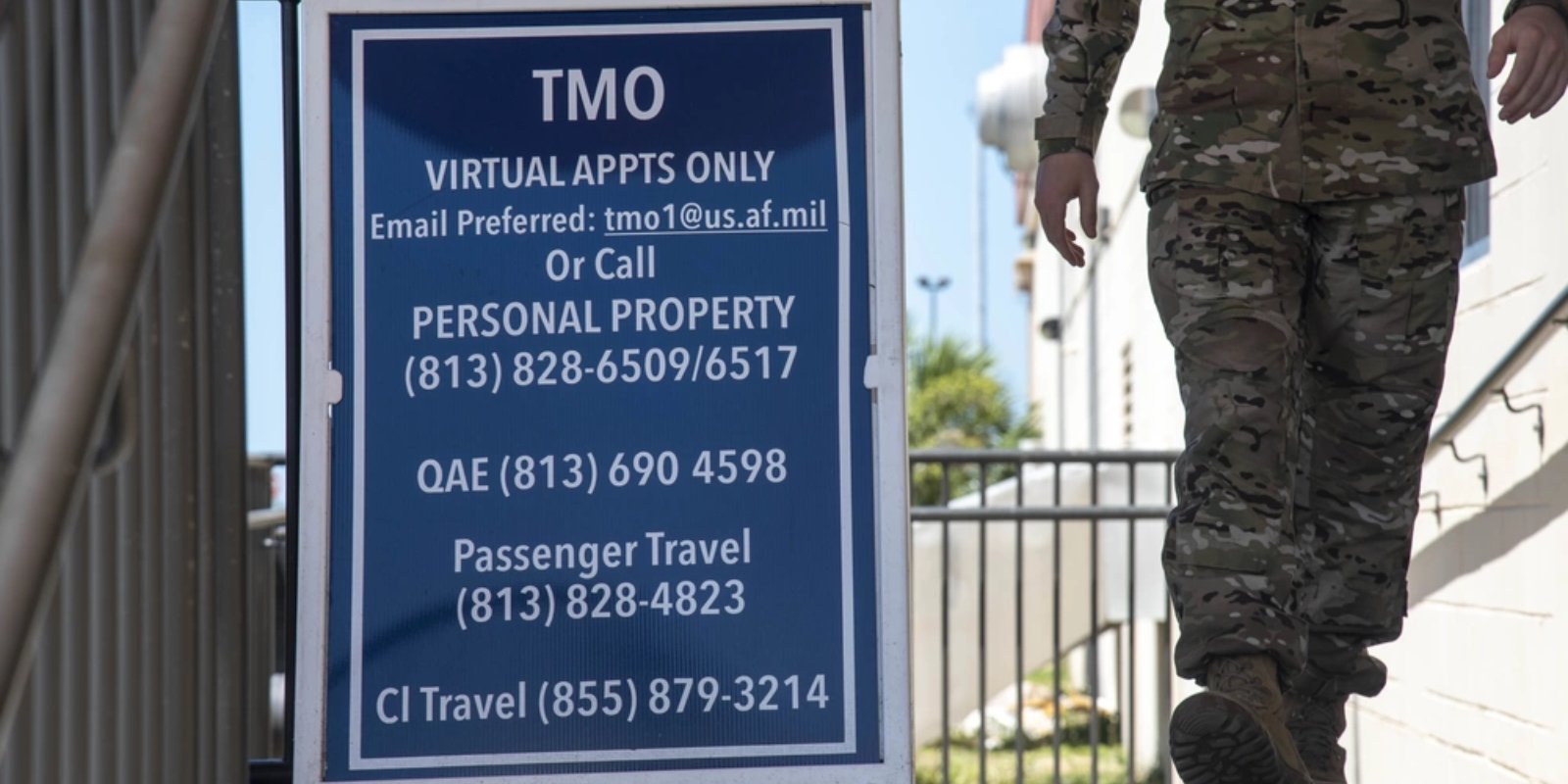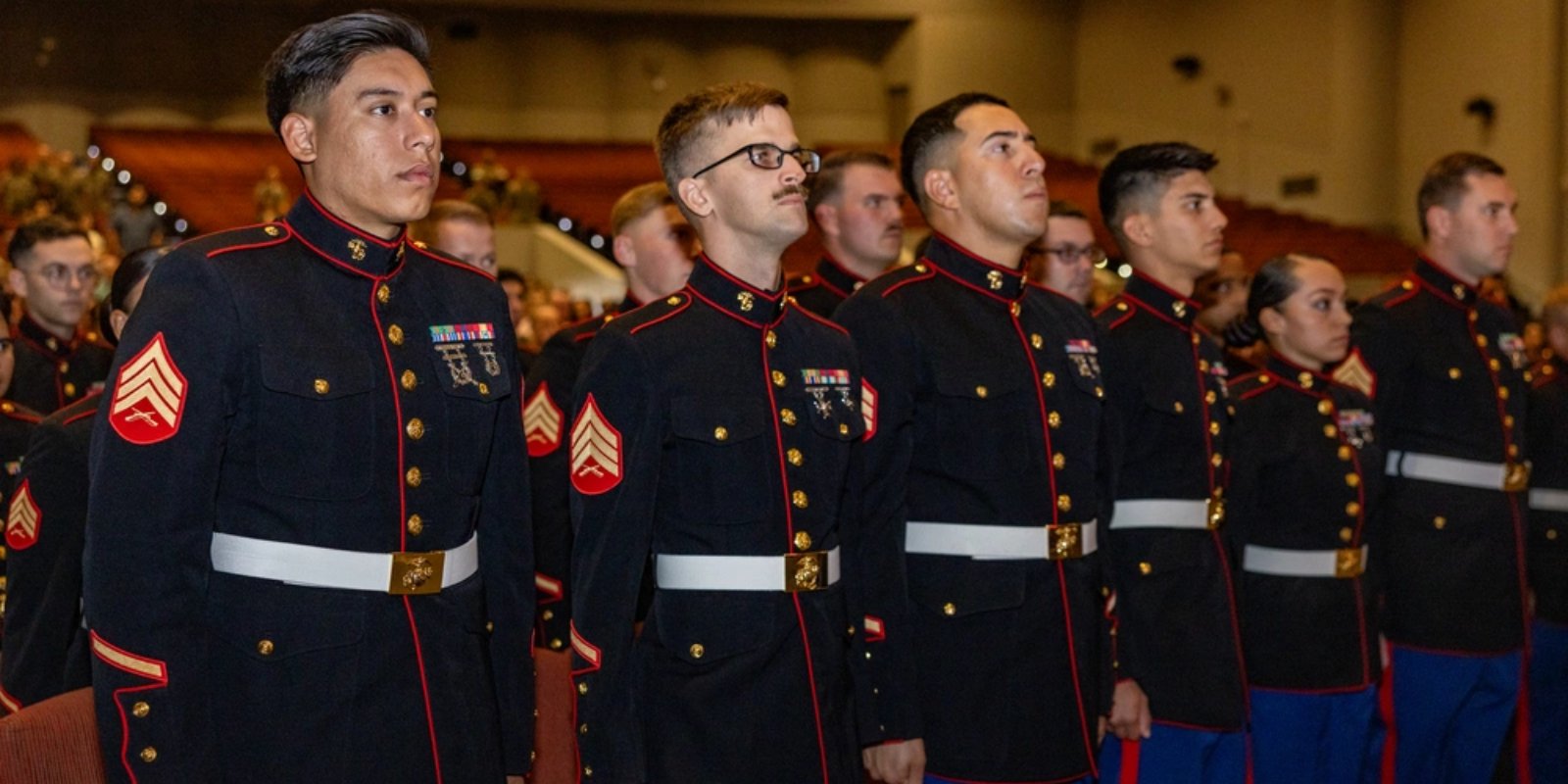EXOSKELETONS AND AR: TRANSFORMING MILITARY UNIFORMS

The gear that changes the game is here. Exoskeletons to lighten your load, climate-adaptive systems to handle extreme conditions, and wearable AR that boosts vision, situational awareness, and mission command—all in one package. If you’re active duty, a Veteran, or work with gear and procurement, this is coming—and fast. You thought a uniform was just fabric, patches, and armor. Think again.
Exoskeleton and AR Trials in Military: Timeline and Details
Here’s a breakdown by branch, key programs, and their expected fielding timelines.
These refer to programs currently in pilot phases, undergoing operational trials, or scheduled to begin unit fielding within the next 18-24 months.

Who’s Ahead & What to Expect in Your Unit
- The Army is leading the way in many of these uniform/gear innovations, with CTAPS already fielded in cold-weather brigades, IVAS versions currently in training and schoolhouses, and SABER undergoing ongoing trials. CTAPS has been deployed, IVAS is in use for training, and SABER is being tested—each at a different stage of rollout.
- The Air Force is currently more focused on support/logistics roles with exosuits (e.g., for loading/cargo) than on front-line infantry roles, with rollout of these exosuits in support roles expected to begin later this year.
- Special Operations has developed ambitious suits, such as TALOS, but many have been scaled back in scope or shelved. The main impact persists in component technology advancements rather than a complete integrated suit.
If you’re in a unit that operates in extreme weather conditions (Arctic, high cold, or mountain cold), you may already have CTAPS or be scheduled to receive it.
If you train at large schools or war colleges, you may soon be using IVAS 1.0/1.1. Units that carry heavy loads or do a lot of sustainment might be among the first to see exosuit trials.
Deployment Challenges of Exoskeletons and AR in Military
Power, Weight & Integration
Wearables and exoskeletons require power; if they’re heavy, bulky, or interfere with body armor, mobility, or stealth, they won’t get used.
Durability & Operational Conditions
Cold, heat, moisture, dust, and shock—uniforms with AR, exosuits, and smart sensors must survive real soldier conditions.
Training & User Feedback Loop
Soldiers need to learn new systems; their feedback critically shapes iterative improvements. Programs like SABER and CTAPS build in soldier feedback.
Logistics & Cost
Scaling prototypes to full-unit fielding is expensive. Repair parts, battery supply, or cooling/hydration systems must be sustainable in the field.
What It Means for Active Duty
- Injuries may drop: Better exosuits and climate-adaptive uniforms could reduce musculoskeletal injuries and heat/cold injuries—two of the biggest readiness drains.
- New training expectations: More systems will require your familiarity, including AR displays, exosuit control, and weather-adaptive layering systems, which necessitate updated TTPs and SOPs.
- Equipment lifecycle is changing: Rather than uniforms and gear that last for a decade, expect more frequent updates, versioning (e.g., IVAS 1.2), and increased maintenance demands.
- Veterans in procurement or advisory roles: This is the moment to push for soldier feedback and test participation to ensure gear meets real needs—not imagined ones.
Future Military Uniforms: Exoskeletons and AR Integration
Uniforms of the future are already being deployed in the field. IVAS AR headsets, SABER exosuits, and CTAPS cold gear are being deployed in real-world units. The boundaries between combat uniforms, weather gear, and wearable technology are merging for practical reasons.
Soon, heavy loads, extreme cold, or heat will not degrade performance or endanger personnel. Each soldier may have a display inside their visor, a suit that adapts to weather changes, and gear designed for efficiency and protection.
It’s happening. And active duty, reserve, and veterans all have stakes in how it happens—how it gets tested and how it’s adopted. Because when it sticks, it changes everything: readiness, lethality, and survivability.
Related reads:
Veteran & Senior Contributor, Military News
Natalie Oliverio
Navy Veteran
Natalie Oliverio is a Navy Veteran, journalist, and entrepreneur whose reporting brings clarity, compassion, and credibility to stories that matter mo...
Credentials
- Navy Veteran
- 100+ published articles
- Veterati Mentor
- Travis Manion Foundation Mentor
- Journalist and entrepreneur
Expertise
SHARE:



